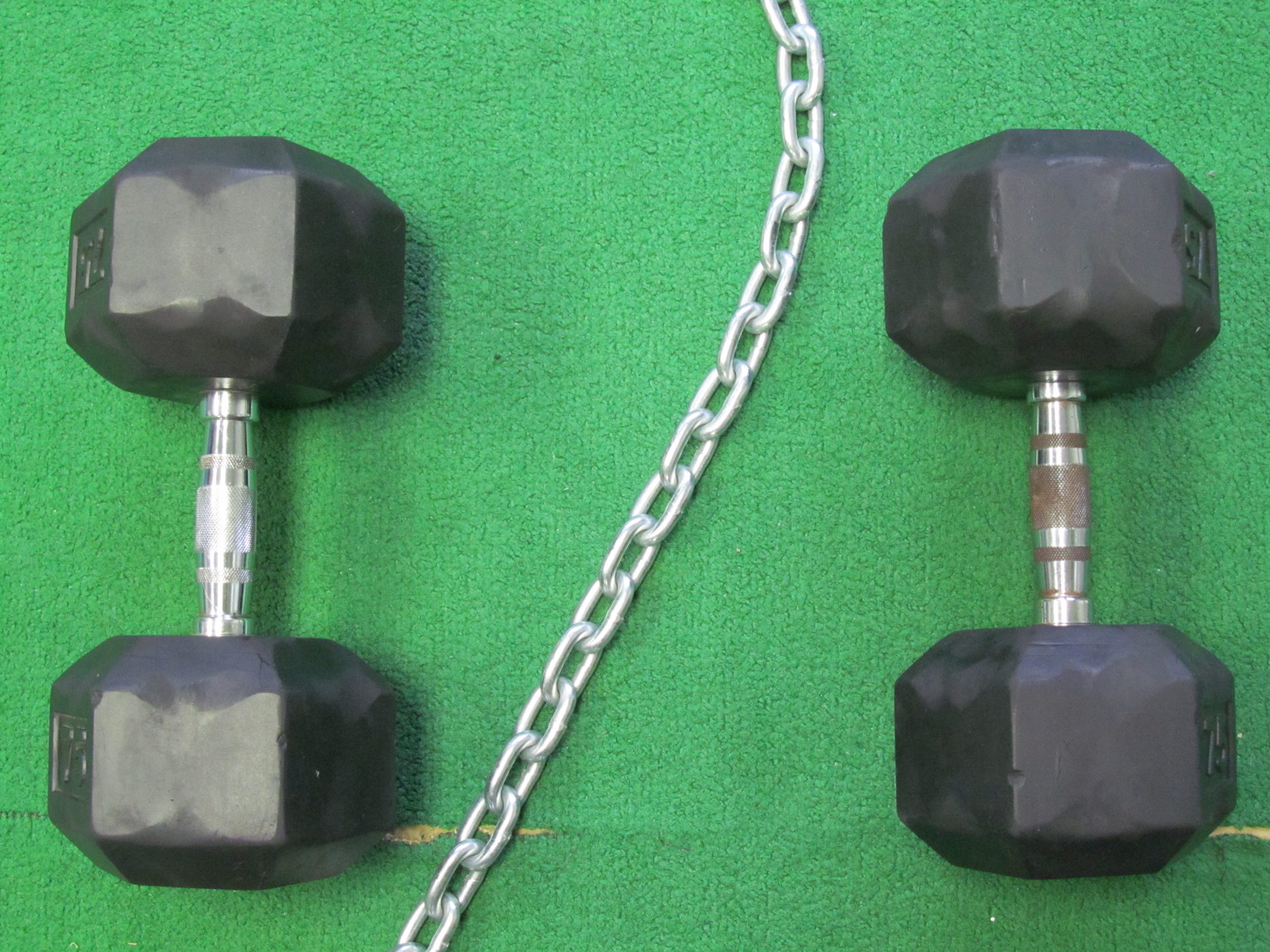The Next Step to Achieving Your Best Muscle Building Results
Antagonist Management!
Muscles that are functionally opposite are known as antagonists. Tight and hyperactive antagonists can inhibit the full recruitment of the muscles you are trying to develop.
Both temporary and long term reductions in antagonist tightness can allow your target muscles to flourish! It is time to include the concept of antagonist management in your exercise programming.
Successful antagonist management requires two essential pieces of knowledge: First, you need to know the identities of the muscles which oppose your efforts. Second, once your antagonists have been identified, you must have the tools to reduce their tightness and activation levels.
Identifying Antagonists:
Pundits and books proffer many suggestions as to the identities of antagonists. This information is often misleading or greatly oversimplified. A big clue to the identity of antagonists is function. For example, we know that the upper fibers of trapezius elevate and upperly rotate the scapula. Conversely, pec minor depresses and downwardly rotates the scapula. The opposing function of these two muscles allow us to suspect that they are antagonists. Do not underestimate the degree of precision required in identifying antagonists! For example, it is commonly assumed that the triceps are the antagonists of the biceps. More precisely, however, triceps long head opposes biceps short head – the long-head of the biceps has a separate antagonist. The more you know the details – the more you will fulfill your potential.
Reduce their tightness and activation levels:
A tight and hyperactive muscle will inhibit the recruitment of the muscle that opposes it. Below are three practical and effective ways to reduce antagonist tightness:
1. Myofascial release is the hot kid on the health and fitness block. Foam role or Active Release antagonist muscle fibres just prior to a set for your target tissue. Using the example above, releasing your pec minors just prior to a set of shrugs will cause a noticeable jump in trapezius strength. With consistent management, new heights in performance and development will be achieved.
2. Although less trendy these days as compared to myofascial release, good-old stretching can really shut an antagonist down and improve your target fibre output. The caveat is, as with myofascial release, the effort must be precise! If your stretching technique can’t differentiate between the long-head and short-head of the biceps – come to a Tarodo seminar and unleash the true potential of stretching! Stretch a tight antagonist for thirty seconds prior to a set for your target muscle. The first few reps of you post-stretch set should feel significantly stronger and smoother. I had a client with a horrible overhead press that would not respond regardless of the program we used. Stretching out his infraspinatus provoked an immediate boost and over the next few weeks he added 40 lbs to his overhead press!
3. Muscular balance is the novel approach to antagonist management. There is little doubt that tight, overused muscles become more supple with greater help from their synergists. If you have a troublesome antagonist that is putting the brakes on your muscular development – strengthen its functional partner (synergist). This approach to antagonist management is longer lasting and can dramatically alter your body’s topography. Stay tuned for the specific nuts and bolts of this method.
With proper antagonist management you will feel greater pumps in muscles normally inconspicuous. Performance measures will fly through the roof! Your chest, deltoids, glutes and calves all have specific antagonists (if you don’t know their identities stay tuned to Tarodo or come to a Practicum) that may be inhibiting their development. Take the next step to achieving better results from your workouts!
